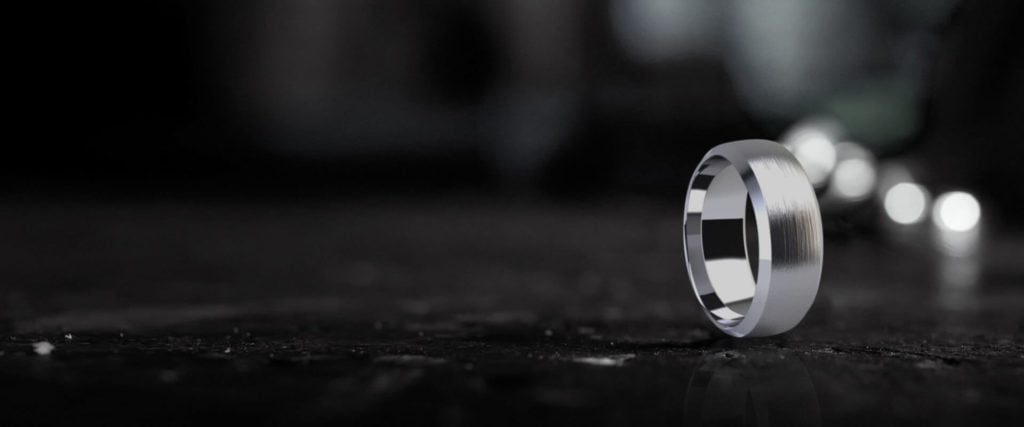Platinum is a silver-white metal — it was once known as “white gold.” It is extremely resistant to tarnishing and corrosion (which makes it known as a “noble metal”) and is very soft and malleable, making it easy to shape; ductile, making it easy to stretch into wire, and unreactive, which means it doesn’t oxidize and is unaffected by common acids.
Platinum is one of the transition metals, a group that includes gold, silver, copper, and titanium — and most of the elements in the middle of the periodic table. The atomic structure of these metals means they can bond easily with other elements.
A cylindrical hunk of platinum and platinum alloy is used as the international standard for measuring a kilogram. In the 1880s, about 40 of these cylinders, which weigh about 2.2 lbs. or 1 kilogram, were distributed around the world.
Platinum, iridium, osmium, palladium, ruthenium, and rhodium are all members of the same group of metals (called platinum metals) and share similar properties. These metals are often used together to create highly durable parts for various machines, tools, and jewelry.
Many investors buy and sell platinum, even though the price can fluctuate greatly during economic growth and decline even more than the prices of other precious metals (because of its many uses).
